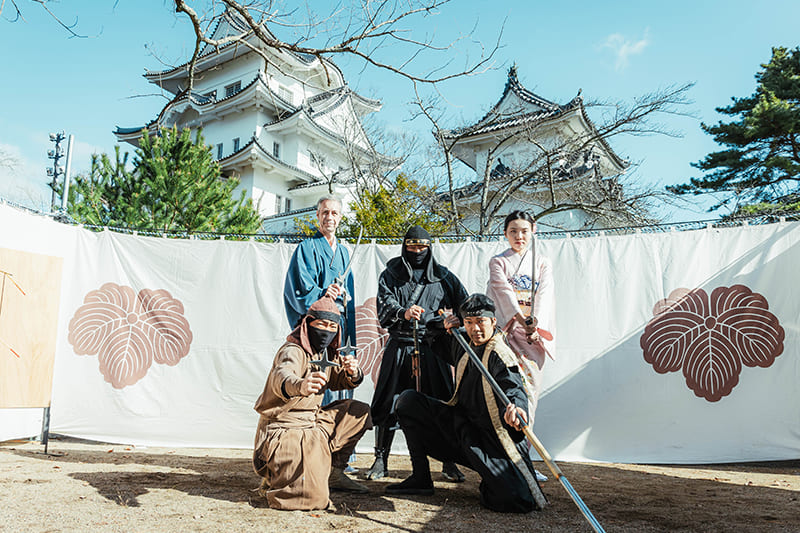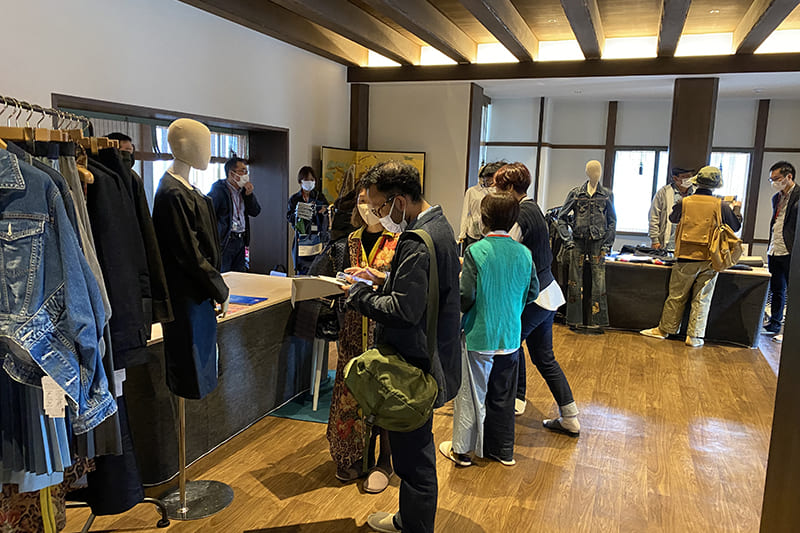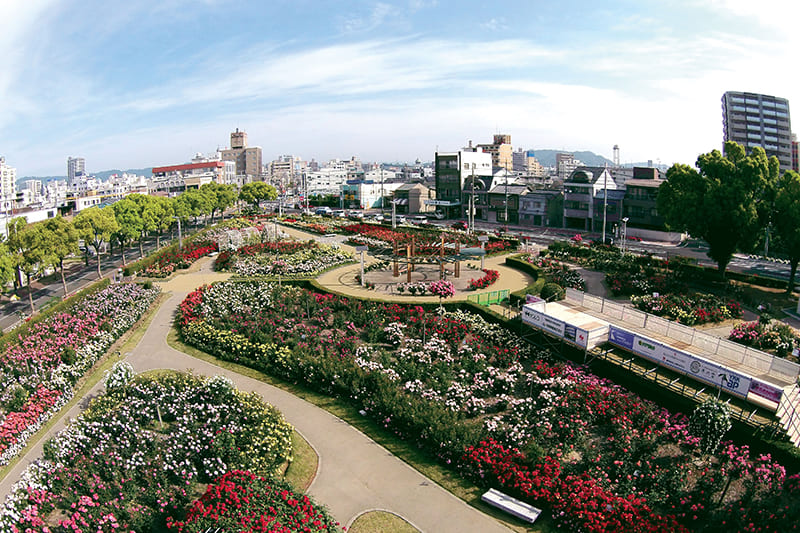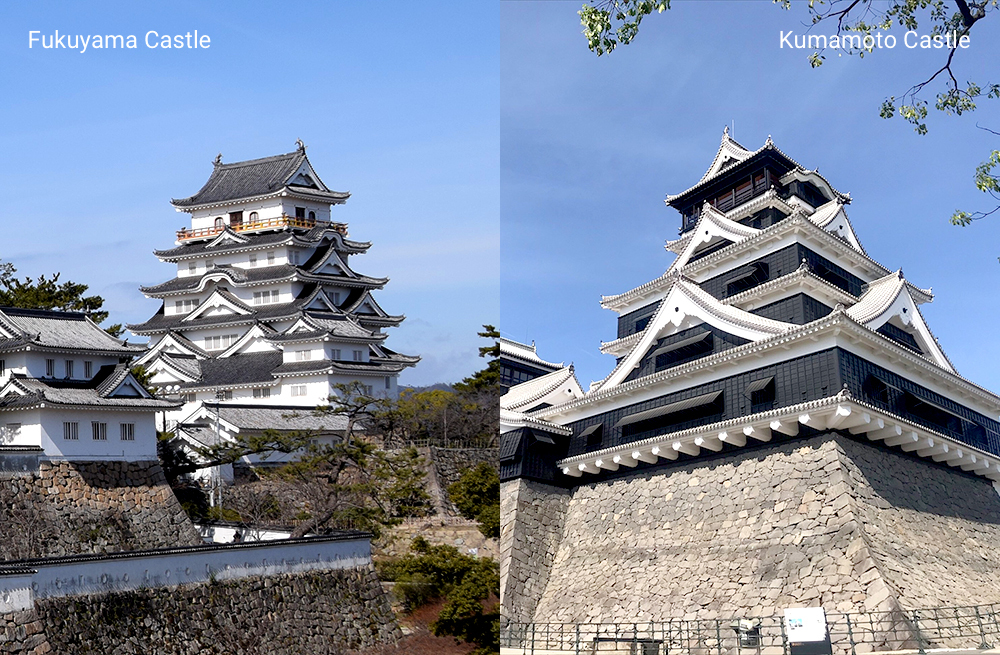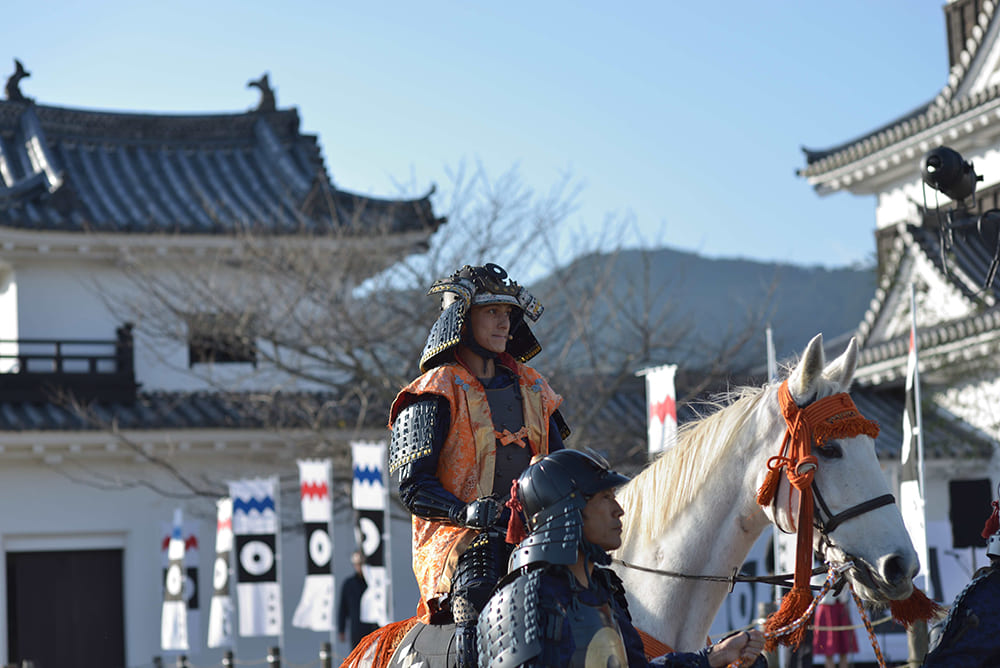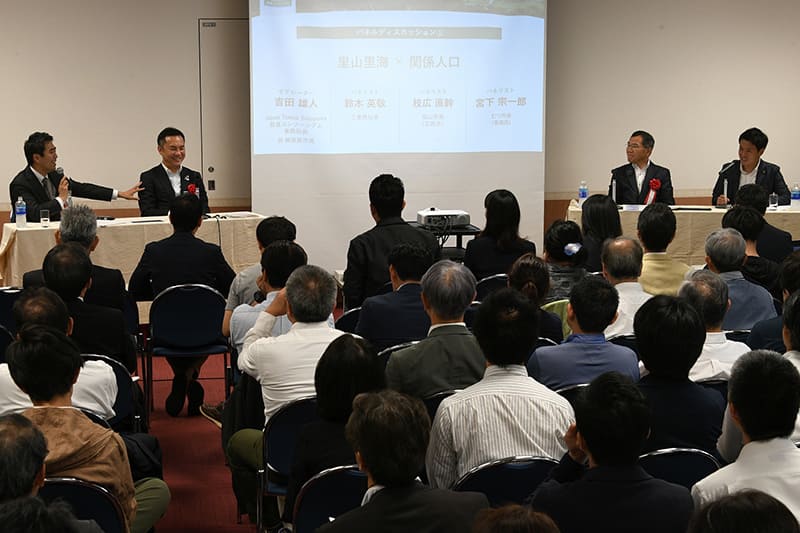January 18, 2021
Fukuyama Castle, the only one built with iron plates in Japan
SPONSORED CONTENT
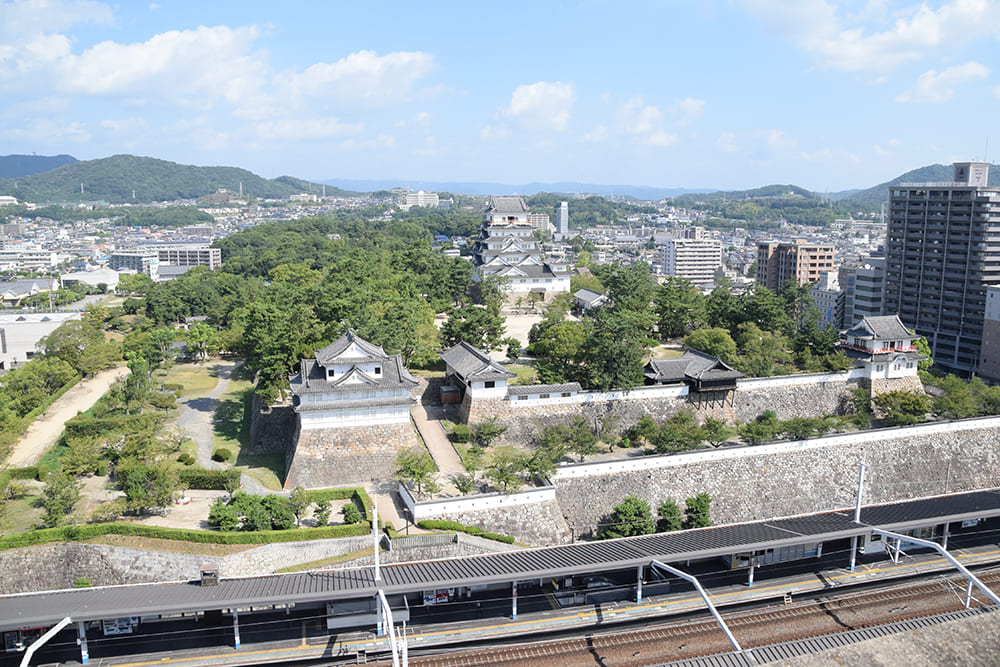
The venerable Fukuyama Castle is getting a grand renewal ahead of its 400th anniversary, restoring the history-scarred landmark to its Edo Period appearance.
One of Japan’s top 100 castles, it was built by one of the first Tokugawa hereditary vassals, Mizuno Katsunari, in 1622 in a new castle town that now is the city of Fukuyama in Hiroshima Prefecture. The castle was a base for the daimyo’s demain, Fukuyama-han, and is famed for having iron plates on the north side to protect against bullets and bombs. Under the leadership of one of the strongest warriors in Japanese history, the castle anchored Fukuyama-han in becoming a powerful feudal domain that lasted for 2½ centuries.
There are three main parts to the castle. The palace Fushimi Goten was the residence of the castle lord. It was named after Fushimi, a town that is now a ward in Kyoto, since parts of the building were brought from Fushimi Castle. Legend has it that the first Tokugawa shogun, Tokugawa Ieyasu, once lived in the building. The core of the castle is the iconic iron-plated tower (tenshu), with five-tiered and six-story. Castle towers symbolized the strength of a han and were used as a stronghold if enemies invaded. The entrance to the castle was the Sujiganegomon gate, part of the outer wall protecting against invaders. Its doorway was made with iron plates and used iron nails, rare in the Edo Period.
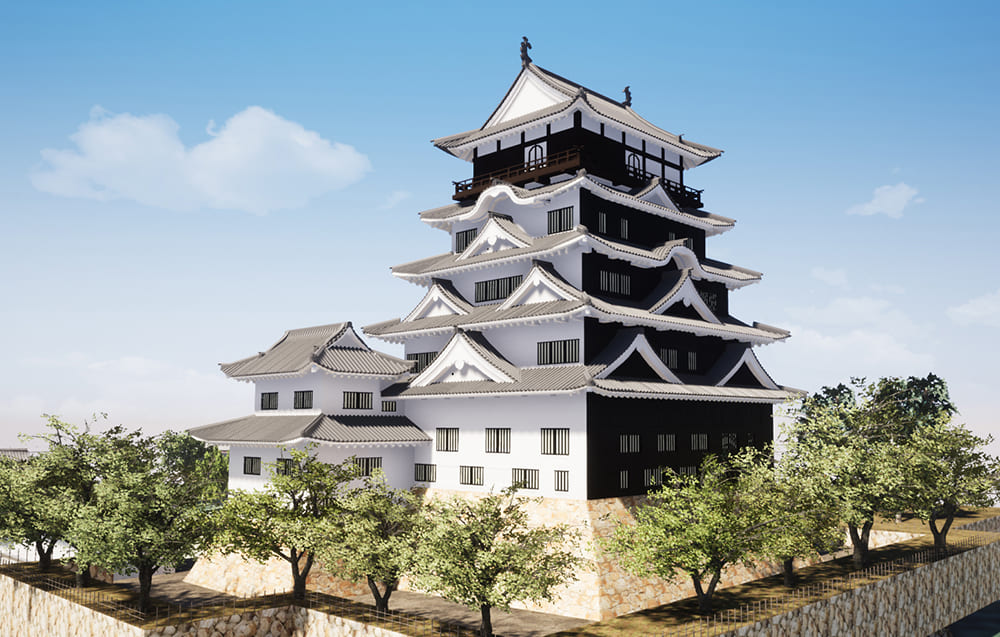
When examining the castle in detail, you will notice it incorporated many ideas on how to guard against invasion. Although Fukuyama-han is known for its strength and long history, the castle also shows how the domain’s numerous enemies made defense so important that the builders went to the then-sensational length of using iron plates and nails.
Fukuyama-han was dissolved in 1873 as part of the abolishment of the han system. The upper part of the castle stood intact until August 1945, when Allied attacks destroyed most of the buildings during World War II.
At the strong request of the citizens of Fukuyama, the castle was rebuilt in 1966 as a memorial to the recovery from WWII and also to celebrate the 50th anniversary of the city. The landmark is now a museum, exhibiting artworks and armor related to Fukuyama-han. However, the iron plating on the north side could not be restored, due to limited financial resources.
Five decades have passed since Fukuyama Castle was rebuilt, and there have been concerns about its resistance to earthquakes, especially since Kumamoto Castle was greatly damaged by the April 2016 earthquake in Kumamoto.

The city of Fukuyama has started a crowdfunding effort to reconstruct Fukuyama Castle. The renovations involve seismic retrofitting and adding iron plates to restore the castle’s 1622 appearance before burning.
The fundraising is being conducted online, and donors will be given privileges depending on the amount given. For ¥10,000 or more, the fundraiser’s name will be engraved on one of the kawara roof tiles of the castle. Those who donate ¥40,000 or more will get their name in calligraphy on a plate to be exhibited on the top floor.
The renovation is planned to be finished in 2022, the year Fukuyama Castle will mark its 400th anniversary. The castle is expected to become an even greater landmark for the city, attracting visitors from both Japan and abroad.
In addition, there have been suggestions for providing accommodation facilities in some parts of the landmark. Since it is rare for castles to allow guests to stay, Fukuyama thought it would be a great opportunity for visitors to connect this unique experience to the other charms of the city.
Fukuyama is surrounded by vistas of mountains, rivers and the sea, and offers visitors a rich variety of foods and gourmet experiences. Furthermore, the city is famed for producing 70 percent of Japan’s denim products, loved by fashion cognoscenti around the world for their high quality. Fukuyama Castle will not only attract visitors to see the historic site itself but also allow them to realize the city’s other virtues. To promote the grand renewal, Fukuyama has been hosting events such as ceremonies, quiz contests and virtual reality experiences of the castle.


